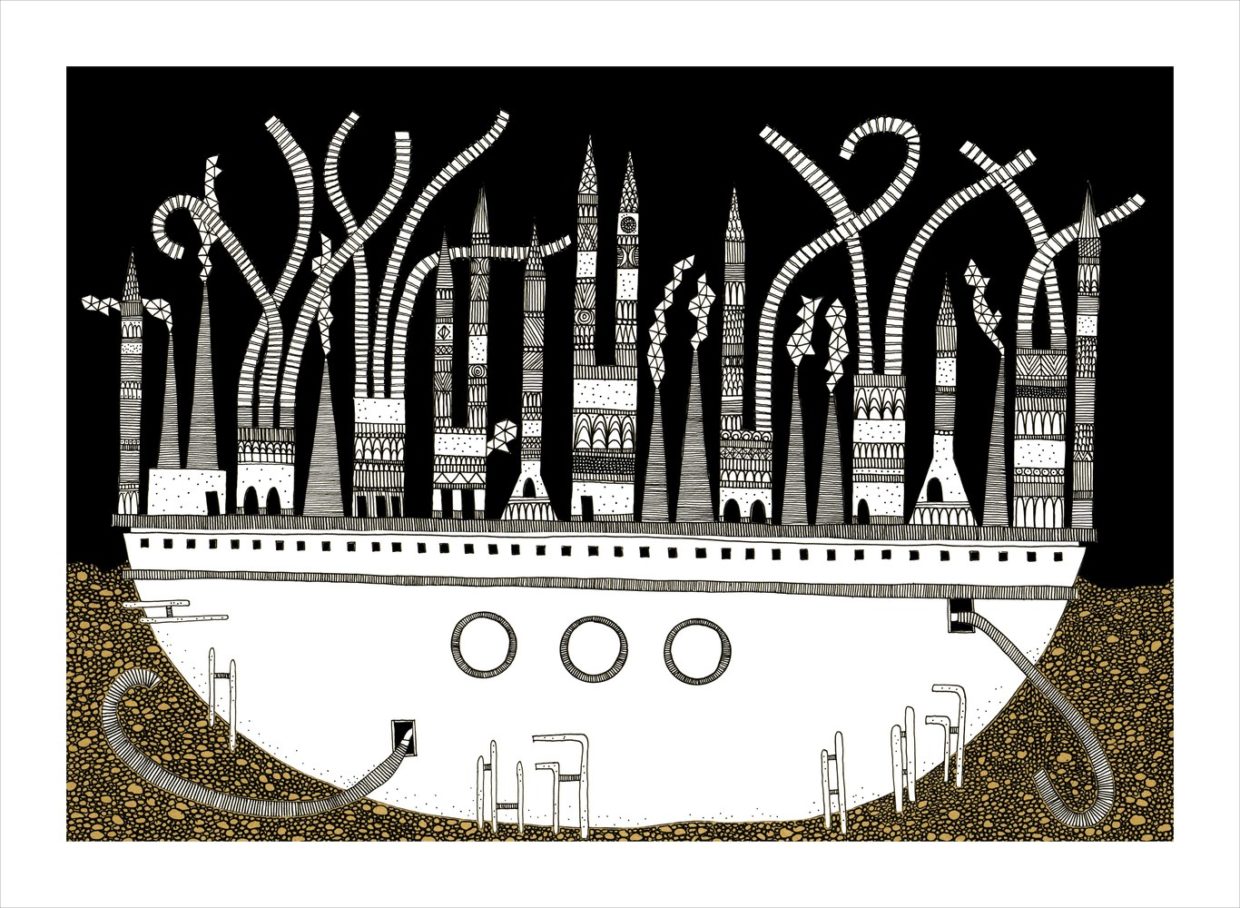
".I believe that I have written something like a last love poem addressed to the city, at a time when it is becoming increasingly difficult to live there. You take delight not in a city's seven or seventy wonders but in the answer it gives to a question of yours.įor Calvino, one question was: What is the city today, for us? Kublai muses, "Perhaps, the empire is nothing but a zodiac of the mind's phantasms."Īnd Marco replies, "Cities, like dreams are made of desires and fears, even if the thread of their discourse is secret, their rules are absurd, their perspectives deceitful, and everything conceals something else."

It makes no sense to divide cities into these two species, but rather into another two: those that through the years and the changes continue to give their form to desires, and those in which desires either erase the city or are erased by it.

This said, it is pointless trying to decide whether Zenobia is to be classified among happy cities or among the unhappy. Marco Polo agrees: "Memory's images, once they are fixed in words, are erased." The emperor soon determines that each of these fantastic places is really the same place. But what is certain is that if you ask an inhabitant of Zenobia to describe his vision of a happy life, it is always a city like Zenobia that he imagines, with its pilings and its suspended stairways, a Zenobia perhaps quite different, a-flutter with banners and ribbons, but always derived by combining elements of that first model. No one remembers what need or command or desire drove Zenobia’s founders to give their city this form, and so there is no telling whether it was satisfied by the city as we see it today, which has perhaps grown through successive superimpositions from the first, now undecipherable plan. All are named after women (as they must be, since cities are feminine in Italian) - Raissa, Irene, Phyillis, Olinda, Armilla, Chloe, Valdrada. Here are all the cities ever dreamed of, strange magical invisible cities that nobody else ever saw. Marco Polo diverts the emperor with tales of cities that he has seen within the empire and Kublai Khan listens, searching for a pattern in Marco Polo's cities. Kublai Khan has sensed the end of his empire, of his cities, of himself. In a garden sit the aged Kublai Khan and the young Marco Polo - Tartar emperor and Venetian explorer. Now I shall tell of the city of Zenobia, which is wonderful in this fashion: though set on dry terrain it stands on high pilings, and the houses are of bamboo and zinc, with many platforms and balconies placed on stilts at various heights, crossing one another, linked by ladders and hanging sidewalks, surmounted by cone-roofed belvederes, barrels storing water, weather vanes, jutting pulleys, and fish poles, and cranes. Invisible City of Zenobia by Architect Karina Puente


Thin Cities are those rather abstract and airy creations like the city of Zenobia. The cities he thus evokes are assigned to different themes such as Cities and Memory, Cities and Desire, Cities and Signs, Trading Cities, Continuous Cities, Thin Cities. In Calvino's Invisible Cities, * the traveller Marco Polo tells tales of impossible cities - for example, a cobweb-city suspended over the abyss, or a microscopic city which gradually spreads out until we realize that it is made up of concentric cities which are all expanding.įor each city, after a precise description in words, Marco followed with a mute commentary, holding up his hands, palms out, or backs, or sideways, in straight or oblique movements, spasmodic or slow. And for much else our walls cannot contain, what escapes our most rigorous designs, what exists within, beneath, and above the surface of our intentions. And for our experiences, alone and together, within the walls we construct around ourselves, walls being metaphors themselves. The cities in Italo Calvino’s novel are metaphors for cities. Last week, the Peruvian architect Karina Puente sent me her brand-new drawing of the "Invisible city of Zenobia", one of the fifty-five Invisible Cities that Italo Calvino created in his novel (more a prose poem, really) of the same name.Īs she says, "I Dare! I dare because it is an experiment."


 0 kommentar(er)
0 kommentar(er)
